Apple iPhone 12 Mini review: petite yet powerful
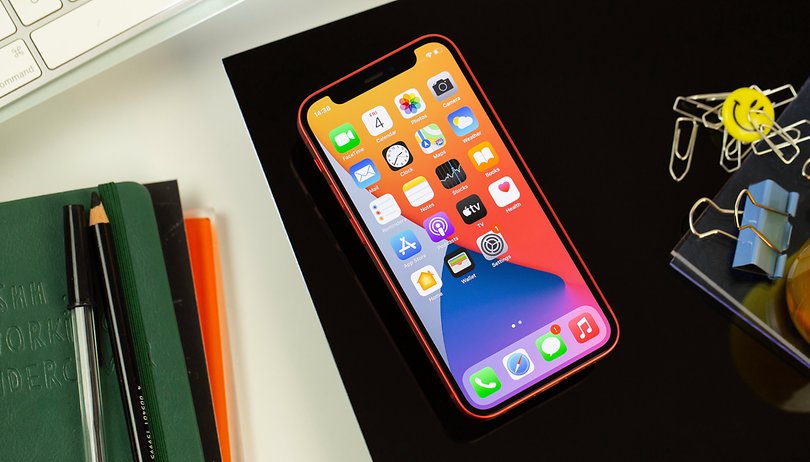

Back in October 2020, Apple unveiled its latest line of smartphones in the shape of the iPhone 12 series. Among them, a rather diminutive (by 2020 standards) iPhone 12 Mini caught my eye. This pint-sized edition packs all the processing power of its bigger brothers, including the Pro variants, and slips into pockets like something out of 2012. Is this the start of a comeback for compact smartphones? I've been using it to find out.
Good
- Compact size
- A14 Bionic performance
- Pleasing camera performance
- The most customisable Apple software ever
Bad
- Battery life is the compact compromise
- Only 12W wireless charging
- Entry-level 64GB model is not enough storage in 2020
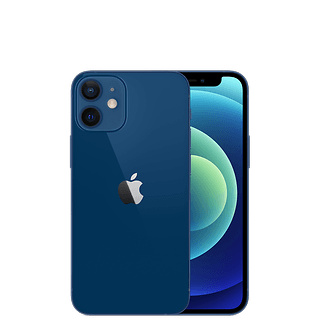
Apple iPhone 12 Mini release date and price
The iPhone 12 Mini is, as you'd expect, the most affordable of Apple's flagship smartphone series for 2020. Starting at £699 in the UK, the iPhone 12 Mini is positioned exactly midway between the company's affordable iPhone SE (£399) and the top-of-the-range iPhone 12 Pro (£999).
The iPhone 12 and 12 Mini launch in a total of five colours this year: white, black, blue, green, and a special red version for which every unit sold contributes directly to the Global Fund to combat COVID‑19.
The caveat here, however, is that the base model only comes with 64GB of internal storage, and that's just not going to cut it in 2020 once you start taking lots of photos and shooting videos. The more appropriate 128GB model will cost you an extra £50, and that's the version I would recommend if you are considering an iPhone 12 Mini this year.
King of the compacts
In terms of design , the iPhone 12 Mini is just a shrunken version of the regular iPhone 12. The same camera bump on the back, the same notch on the front, the same square edges, the same buttons, the whole package. The last iPhone I really used for any significant length of time was the iPhone XS Max, and the new iPhone 12 lineup does feel worlds away from that design language now.
Apple fans shopping for a new iPhone at the end of 2020 have got loads of options, not just in terms of price but also sizes and colours. The iPhone range has never been so vibrant and varied. The 12 Mini is the most compact of the lot, smaller than even the iPhone SE 2020, despite having a larger display.
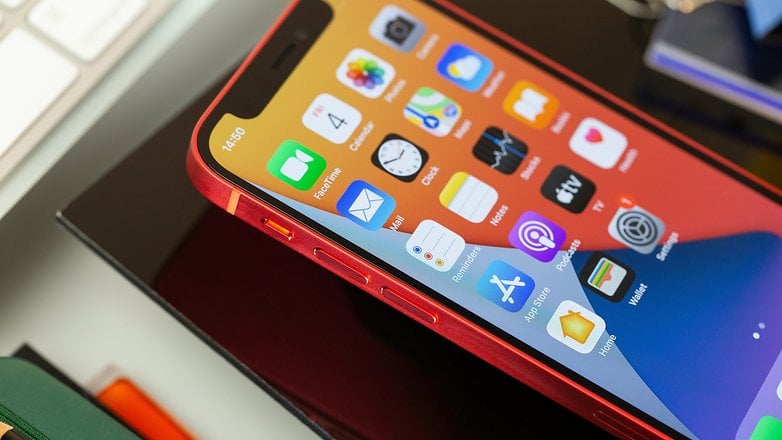
The display is only 5.4-inches (the smallest Samsung flagship display you can buy is 6.2 inches) and the iPhone 12 Mini features the same slim bezels you get on the larger models, making the overall footprint of the device almost laughably small in today's market.
And yet, it completely works. Upon picking up the iPhone 12 Mini for the first time I was reminded of my old iPhone 5. The sharp edges, the size, it was almost nostalgic. You do lose a bit of immersion though. It takes time for your eyes to adjust even when you are coming from relatively small smartphones such as the Google Pixel 5 I was using alongside the Apple phone during this review process. Sure, it's not great for consuming multimedia or playing but, to be honest, I really don't care. It feels good to hold, and that's what counts for a device we spend our lives holding.
A Super Retina that's not Super Smooth
If you are looking for a compact iPhone, there are two reasons you might go for the iPhone 12 Mini over the iPhone SE 2020. The first is that SoC upgrade from an A13 Bionic to an A14 Bionic. The much bigger difference, in my opinion, is the display though. Whilst on the iPhone SE you get a Retina IPS LCD display, the iPhone 12 Mini sports a proper Super Retina XDR OLED with support for HDR10. It's a sizable jump up in quality, that you pay for of course, but it's also an upgrade on the Liquid Retina IPS LCD we saw on the cheapest iPhone 11 last year. Apple has gone for essentially the same quality display across all the iPhone 12 models this year, so there's no compromise to make if you opt for the smaller form factor.
Apple says its new "ceramic shield" covering the display makes it four times more drop-resistant. A lot of tech writers and influencers have been quite sniffy about this on social media, posting pictures of scratched displays after simply stacking a couple of iPhones on top of each other, but my review unit held up well and, as regular readers will know, I treat modern smartphones with only slightly more care than I did my old Nokia 3310.

The elephant in the room here, and the subject of much of the hype-cycle pre-launch, is the absence of a high refresh rate such as the 90Hz, 120Hz, and 144Hz display we see throughout the Android world. The fact that ultra-smooth 90Hz displays are showing up on Android phones that cost £199 has got to sting a bit when you've paid £700 for a new iPhone. Apple's software and smooth animations make up for this when opening and switching apps and navigating around the iPhone 12 Mini in general, but there is no way to disguise the sluggishness when scrolling through a website or social media feed. Yes, you can see and feel the difference. Don't @ me.
iOS 14 is all about customisation
The Apple iPhone 12 Mini ships with iOS 14.2. For my money, this is the best and most pain-free version of Apple's mobile software to date. Android and iOS have been moving closer and closer in terms of features and feel for some time now. Google pinches ideas from Apple and vice versa so that both operating systems end up quickly catching up if one pulls ahead with a killer feature.
We've been banging on about this since 2018 and iOS 12, and I'm happy to report that in 2020 the status quo remains. The advantage of this increasing homogeneity is that switching between Android and iPhone has never been easier. For the first time ever, you can view all your apps on iOS in an App Library. It even automatically sorts apps into categories. Sounds familiar, right?
By installing apps like Gmail and Chrome and, for the first time ever on iOS, being able to change the default browser and mail apps to something that's not Apple's first-party offering, it's relatively easy to create a kind of Google-fied iPhone these days. With Apple hardware and Google software, you get the true strengths of both tech giants at the same time, and that's a rare thing of beauty when it comes off.
For regular iOS fans though, Apple made a big deal about customisation with the launch of iOS 14. Widgets are an iPhone thing now, and people are getting very excited about it. But in all seriousness, I found living with iOS 14 so much easier than I did with, say, iOS 11 or 12. If you're an Android user who's been tempted by Apple's hardware but has been put off by the software, it could be time to take another look.
We've covered iOS 14 in detail on NextPit. You can read all about the new features, and how to use them, in the dedicated articles linked below:
Flagship performance
The Apple iPhone 12 Mini has the same A14 Bionic processor as its bigger brothers right up to the most expensive iPhone 12 Pro Max. It's Apple's first 5-nanometer chip and, in typical Cupertino style, we are spared the technical details and simply told this new SoC is "40 per cent faster than the Apple A12 Bionic". Apple said that the A13 was 20 per cent faster than A12, so if you do the maths, that makes the iPhone 12's A14 about 16 per cent faster than the A13 in last year's iPhone 11.
Naturally, there is a lot of rounding of numbers going on here and the claims are ambiguous enough to simply write off as marketing nonsense. Performance on the iPhone 12 is a bit better than on the iPhone 11, which in turn was a bit better than on the iPhone XS, you get how this works.
When my colleague Julia tested the iPhone 12 Pro last month - somewhat less facetiously than I am doing here - she was impressed with the performance of Apple's latest chip. There is more memory in the Pro versions (6GB of LPDDR5 RAM versus 4GB) but the performance across the whole iPhone 12 range this year is very similar.
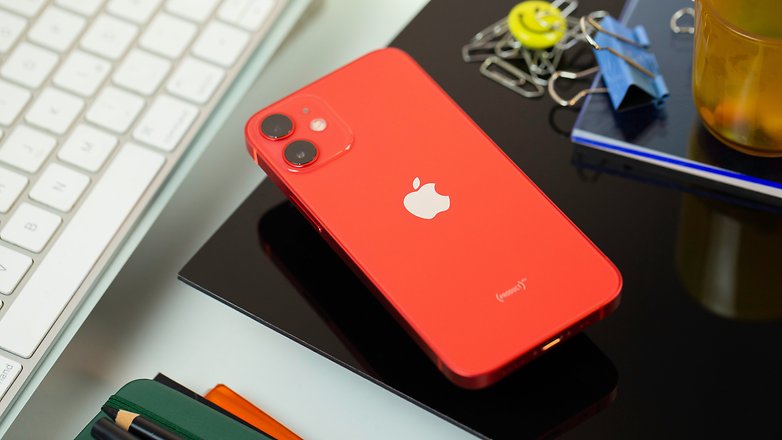
To come back to the question of compromises you have to make to have a super-compact smartphone in 2020, in the case of the Apple iPhone 12 Mini, performance is certainly not one of them. There is also support for mmWave 5G (US version only) in the smallest iPhone. You might not be using it right away, but you'd rather have it in there than not have it.
A cracking little camera
Compromise is also not necessary when it comes to the camera on the iPhone 12 Mini. You get the same setup as you get on the regular iPhone 12. It consists of the following lenses:
- 12-megapixel ultra.wide: ƒ/2.4 aperture and 120° field of view
- 12-megapixel wide: ƒ/1.6 aperture
The compromise you make when you go for a regular iPhone 12 and not a Pro model is that you miss out on the telephoto lens, the LIDAR sensor, and the main sensor is not quite as good, but as this is the same deal for both no-Pro models, I am not chalking it down as a compromise for the Mini version.
Images are still captured in both HEIF and JPEG formats and all that camera tech iPhone users will be used to is still in there such as Smart HDR 3 with Scene Detection, Deep Fusion mode, Night mode, and Portrait mode with advanced bokeh and Depth Control.
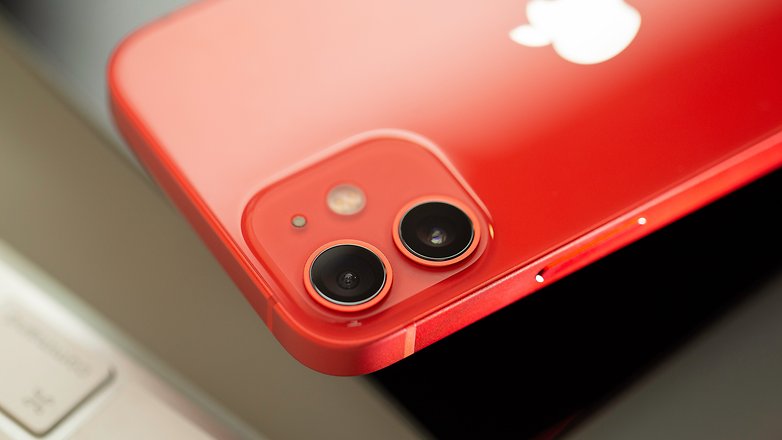
Apple says it has made some improvements in image processing this year thanks to the new A14 Bionic processor, and I was pleasantly surprised by the results I was able to capture with the iPhone 12 Mini. There's more detail in a wide range of lighting conditions this year, and Apple is continuing to build on the progress it made with its smartphone camera system last year when we saw the iPhone 11 Pro and Pro Max makes huge strides in catching up to market leaders Google and Huawei.
And you really can see that processing power do its thing. I have typically found iPhone photos to be a bit bland and almost too natural-looking. On the other end of the scale, the much-lauded Huawei P and Mate series phones have always produced images that have been hammered by AI processing to the point where they looked a little too polished for my tastes. Google, for me personally, was a happy medium between these two in terms of how aggressive its post-processing was.
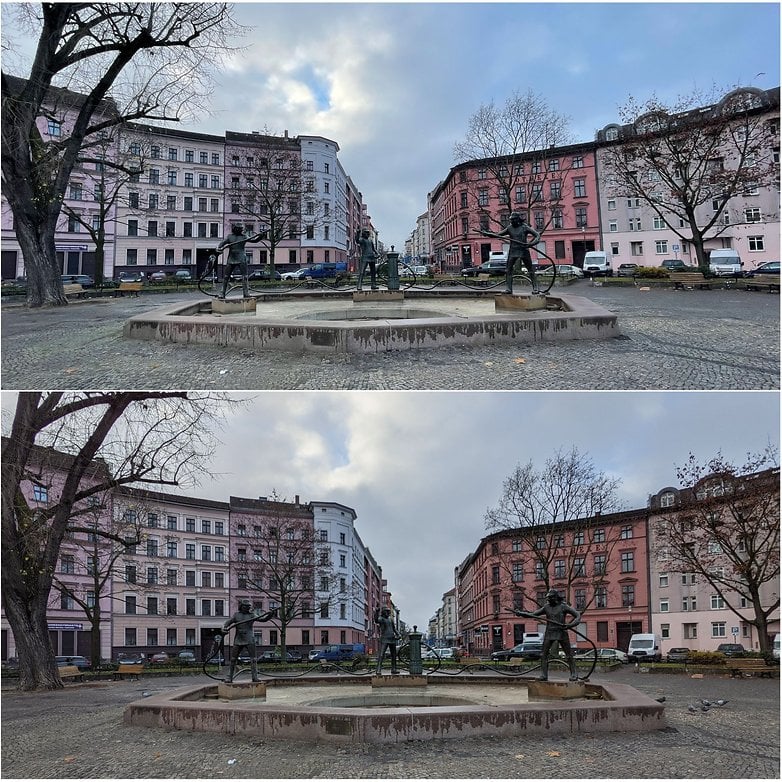
When comparing the iPhone 12 Mini to my Google Pixel 5 though, I was surprised with the results. In the scene captured above, it's the iPhone shot on top that lets the blues of the sky shine through, and the colours of the buildings pop. The Pixel 5 image here looks like how I used to describe iPhone shots - just kind of grey and dull. Similarly in the image below, it's the iPhone shot on the left that looks more processed, more saturated, and more striking as a result.

I was a big fan of Google's Night Sight when it launched and have always kept a Pixel phone on me largely for this reason, but Apple has closed the gap significantly and we're at the point now where both night modes are more than capable of producing really pleasing results. The Mate 40 Pro has both Apple and Google's flagships beaten in this department, but the Huawei flagship comes with a whole host of other caveats that you can read about in our full review.
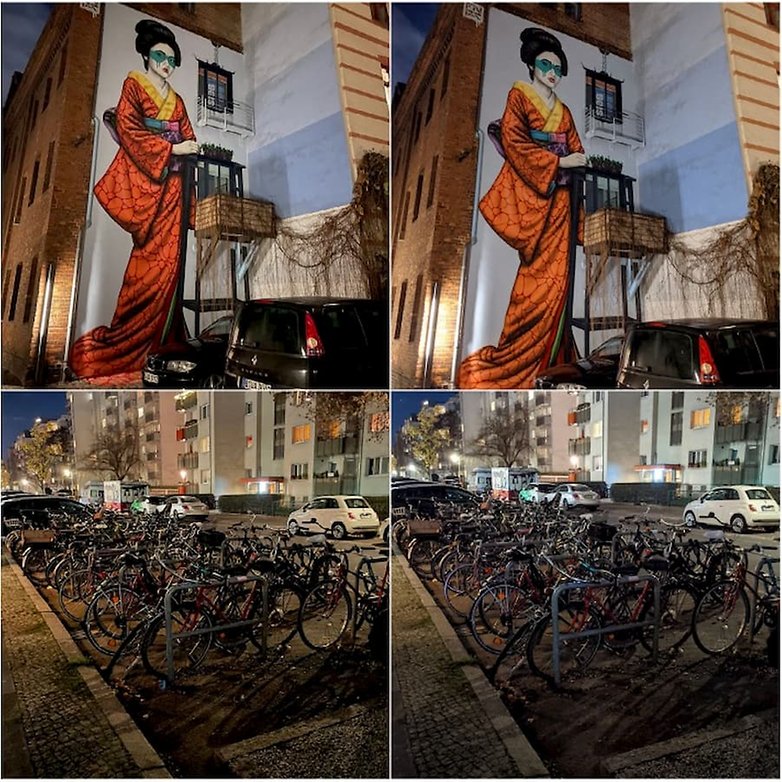
Shorter battery life
Battery life is typically the biggest compromise you have to make if you want to have a smaller smartphone. A smaller phone means a smaller battery, and a smaller battery means shorter battery life. This is a trade-off we've been making for years whether we're buying iPhones or Android phones. If you opt for a Samsung Galaxy S20, you accept that the battery life will be worse than on the Galaxy S20 Plus, for example.
So what happens to battery life when you make your smallest phone really small, refuse to downgrade the Super Retina OLED display, pack a 5G modem in there, and equip it with the most powerful processor you have? Well, basically exactly what you would imagine!
Apple still doesn't list the exact mAh of the batteries in its iPhones - instead offering pseudo-real-world benchmarks such as 'up to 15 hours of video playback', and 'up to 50 hours of audio playback' - which makes trying to work out how good the battery life will be without using one virtually impossible for consumers. During my time with the device, the iPhone 12 Mini was mostly getting me through the day on a single charge, but only just, and not every day.
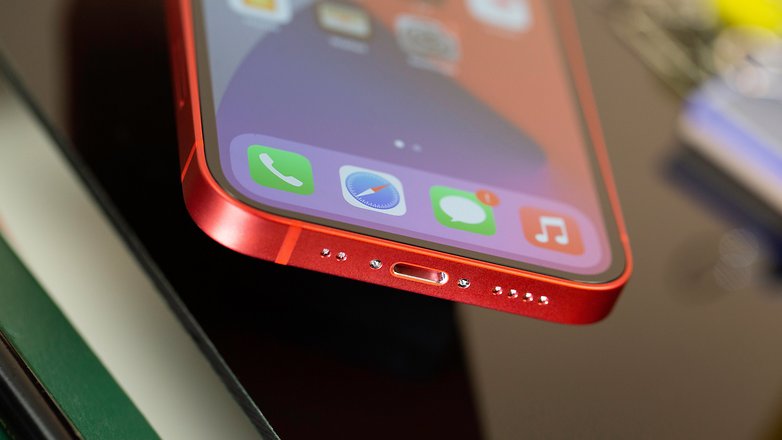
I typically don't struggle to get through the day even with phones that have bad battery life though - I used the Google Pixel 4 for 100 days for god's sake - and I reviewed this iPhone under lockdown conditions where a lot of the smartphone tasks I would normally carry out on the go can be done on my laptop. I suspect that for heavy users who rack up six or more hours of screen time a day, the iPhone 12 Mini would need charging twice over a 24-hour period. As I say, small phone means worse battery life, and there's just no getting away from that.
When it comes to charging, things are pretty fast though. A full charge takes about 100 minutes, with 50 per cent of that coming in the first 25 minutes. Those numbers are achieved with an Apple 20W USB-C charger which does not come in the box and costs an extra £19. You do get a USB-C to Lightning cable though, so if you already own a recent fast-charger from Apple, Google, or Samsung for example, you are golden. Charging speeds with the new MagSafe charger are slower on the Mini than on the other iPhone 12 models, with a full charge taking more than three hours.
Final verdict
The Apple iPhone 12 Mini was, for me, a real throwback to the days of compact smartphones before we called them compact, and for many people in and around my generation whose first smartphones were the iPhone 3, 4, and 5, the size of the new 12 Mini will be enough of a draw on its own.
The reason it's so easy for me to recommend this as a sensible purchase for anyone even remotely jaded by the massive flagship devices on the market today is not only due to its form factor though. Apple has managed to minimize not only the overall size of this phone, but also the compromises you typically have to make when you go compact.
There's no compromise on performance, there's no compromise on camera quality (between the non-Pro models), and there's no compromise on the display technology. Battery life is the one area where do you have accept second best, but I feel like its a pill many will be more than happy to swallow in order to finally have a flagship phone with flagship performance and a great camera that fits in your pocket and feels this good in your hand.
The iPhone 12 Mini is not the best iPhone you can buy in 2020, but it might just be the most popular. It's the one I'd buy.
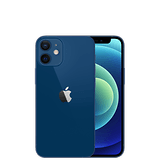
















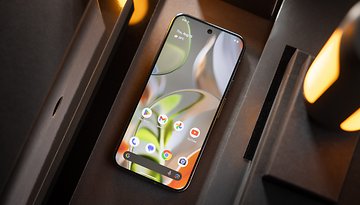


I think that it is a good phone, and the most interesting that appeared this year
Really it is a better review i had watched.
It`s a good phone